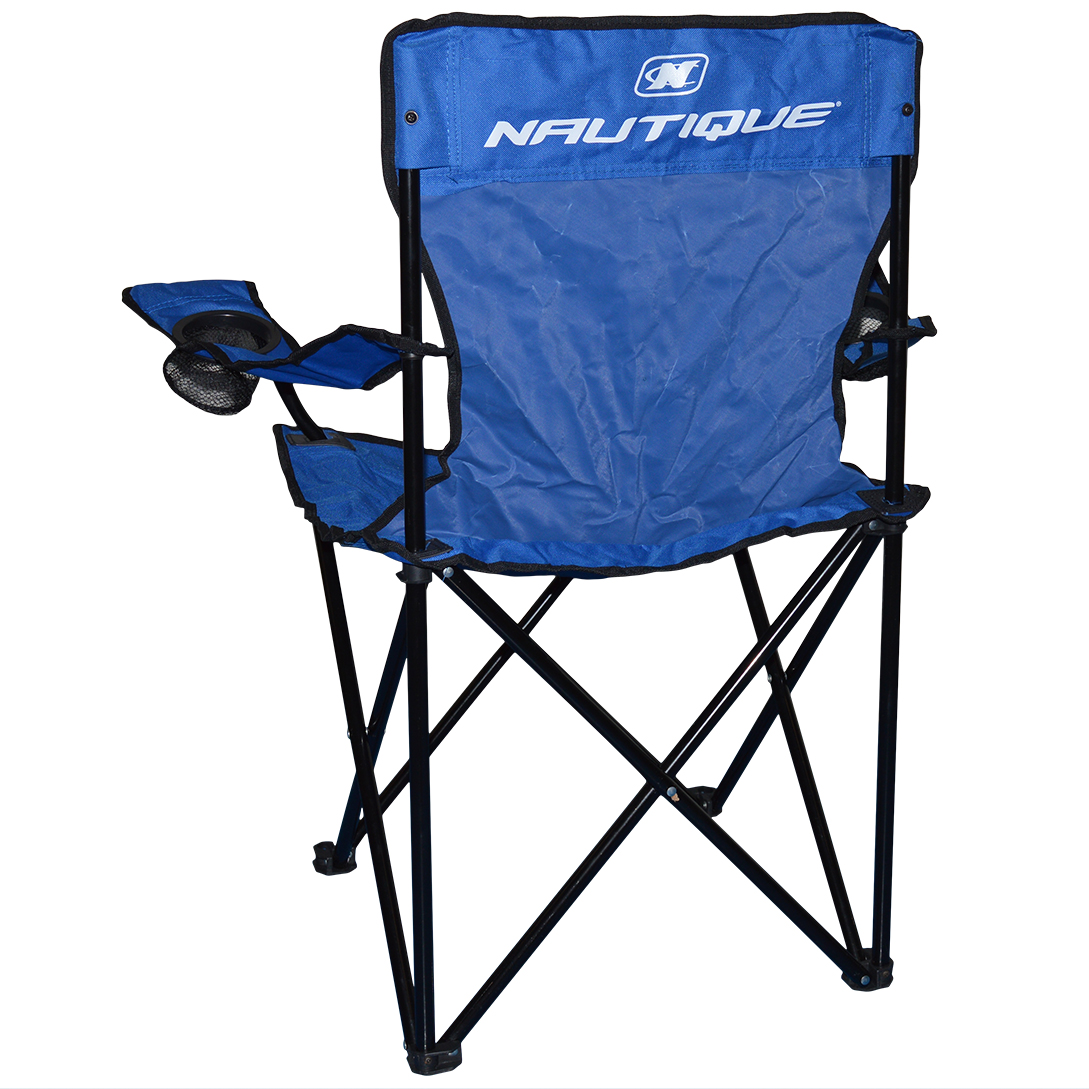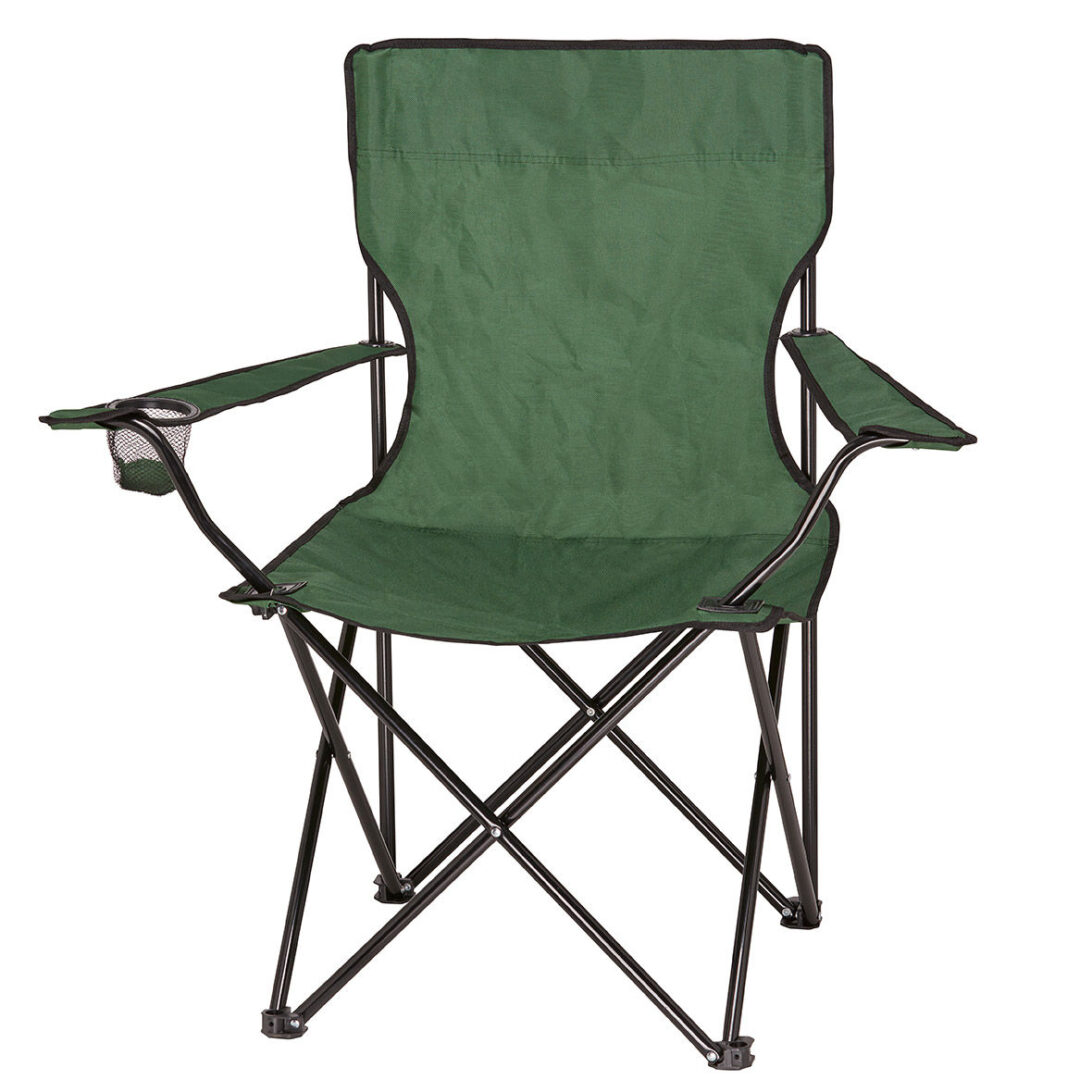Types of Camping Folding Chair Parts

Camping folding chairs are essential for outdoor adventures, providing comfort and support during long days spent hiking, fishing, or simply relaxing by the campfire. Understanding the different parts that make up these chairs is crucial for choosing the right one for your needs and ensuring its longevity. This section delves into the various components of camping folding chairs, highlighting their functions and the materials used in their construction.
Chair Frame
The chair frame is the backbone of any folding chair, providing structural integrity and supporting the entire weight of the user.
- Frame Material: The frame is typically made of either aluminum or steel. Aluminum frames are known for their lightweight nature, making them ideal for backpacking or traveling. Steel frames, on the other hand, offer superior strength and durability, suitable for heavier users or more demanding conditions.
- Frame Construction: The frame construction can vary depending on the chair’s design. Some chairs feature a simple, single-piece frame, while others have a more complex multi-piece design for added stability.
- Joint Design: The joints connecting the different parts of the frame are crucial for the chair’s stability and ease of folding. Many chairs use rivets or bolts to secure the joints, while others utilize a more intricate hinge system.
Seat and Backrest
The seat and backrest provide comfort and support to the user.
- Seat Material: Common seat materials include nylon, polyester, and canvas. Nylon is durable, water-resistant, and easy to clean. Polyester is also durable and water-resistant but can be slightly heavier. Canvas provides a more traditional feel and is often used for higher-end camping chairs.
- Backrest Design: Backrests come in various designs, from simple, straight backs to more contoured, ergonomic shapes that offer greater support. The backrest’s height and angle can significantly impact comfort and lumbar support.
- Padding: Some camping chairs feature padding on the seat and backrest for added comfort. Padding can be made from foam, polyester fiberfill, or other materials.
Legs, Camping folding chair parts
The legs of a folding chair are responsible for stability and support.
- Leg Material: Legs are often made of the same material as the frame, either aluminum or steel. Aluminum legs are lightweight and easy to carry, while steel legs offer greater strength and durability.
- Leg Design: The leg design can vary depending on the chair’s intended use. Some chairs have simple, straight legs, while others feature angled or curved legs for greater stability.
- Leg Tips: Leg tips are essential for preventing the chair from sinking into soft ground. Common leg tip materials include rubber, plastic, and metal. Rubber and plastic tips offer better traction on various surfaces, while metal tips can provide greater durability.
Other Components
In addition to the core components, many camping folding chairs feature additional parts that enhance functionality or comfort.
- Armrests: Armrests provide additional support and comfort, particularly for chairs intended for long periods of use.
- Cup Holders: Cup holders are a convenient addition, allowing users to keep their drinks within easy reach.
- Storage Pockets: Some chairs have storage pockets built into the back or sides, providing a place to keep small items such as phones, keys, or snacks.
Common Folding Chair Part Problems and Solutions: Camping Folding Chair Parts

Camping folding chairs are a staple for outdoor enthusiasts, offering comfort and convenience during various activities. However, like any other piece of equipment, they are prone to wear and tear, leading to common problems with their parts. Understanding these issues and their solutions can significantly extend the lifespan of your camping folding chairs.
Broken Legs
Broken legs are a frequent issue with folding chairs, often caused by excessive weight or impact.
- Identify the Break: Examine the broken leg to determine the type of fracture. Some breaks may be simple and require only a quick fix, while others may necessitate more extensive repairs.
- Repair Methods:
- Simple Cracks: For minor cracks, you can use epoxy glue or super glue to bond the broken pieces together. Ensure the surfaces are clean and dry before applying the adhesive.
- More Severe Breaks: If the break is more severe, you may need to use metal screws or bolts to reinforce the leg. Drill pilot holes before inserting the fasteners to prevent splitting the wood or metal.
- Replacement: If the leg is beyond repair, consider replacing it with a new one. Ensure the replacement leg is compatible with your chair model.
- Prevention:
- Avoid Overloading: Do not exceed the chair’s weight capacity to prevent stress on the legs.
- Proper Storage: Store your chairs in a dry and cool environment to prevent rust and damage.
- Regular Inspection: Regularly inspect the legs for any signs of wear or damage, addressing them promptly before they worsen.
Faulty Hinges
Hinges are crucial for the folding mechanism of a camping chair. Worn-out or damaged hinges can make it difficult to open and close the chair.
- Identify the Problem: Examine the hinges for signs of rust, wear, or loose screws. Listen for any squeaking or grinding sounds when opening and closing the chair.
- Repair Methods:
- Tighten Screws: If the hinges are simply loose, tighten the screws with a screwdriver.
- Lubrication: Apply a light lubricant, such as WD-40, to the hinges to reduce friction and squeaking.
- Replacement: If the hinges are severely worn or damaged, they may need to be replaced. Ensure the new hinges are compatible with your chair model.
- Prevention:
- Regular Cleaning: Clean the hinges regularly with a damp cloth to remove dirt and debris that can cause wear and tear.
- Proper Storage: Store your chairs in a dry environment to prevent rust formation.
Torn Fabric
Tears in the fabric can compromise the comfort and durability of your camping chair.
- Identify the Tear: Examine the fabric for the size and location of the tear. Smaller tears may be easily repaired, while larger tears may require more extensive patching.
- Repair Methods:
- Small Tears: For small tears, use a strong fabric glue or a sewing kit to patch the hole. Ensure the fabric is clean and dry before applying the adhesive or stitching.
- Larger Tears: For larger tears, consider using a fabric patch or reinforcement tape. Secure the patch with strong glue or stitches.
- Replacement: If the tear is too extensive or the fabric is severely worn, consider replacing the fabric entirely. This may require some sewing skills or the assistance of a professional upholsterer.
- Prevention:
- Avoid Sharp Objects: Be careful not to place sharp objects on the chair, as they can easily tear the fabric.
- Proper Storage: Store your chairs in a dry and cool environment to prevent fabric from becoming brittle and more susceptible to tears.
While camping folding chair parts are essential for outdoor adventures, sometimes you crave a touch of luxury. For those moments, a mustard leather recliner chair offers the perfect blend of comfort and style. But for the next camping trip, don’t forget to pack your trusty folding chair, a symbol of practicality and resilience in the great outdoors.
Camping folding chairs are essential for outdoor adventures, and like any piece of equipment, their parts can wear out over time. Replacing a broken leg or a torn fabric seat can be a simple fix, ensuring your comfort on your next camping trip.
The same principle applies to vintage office chairs, where the beauty of vintage office chair leather can be restored with careful repair. Whether it’s a camping folding chair or a vintage office chair, a little TLC can go a long way in extending their lifespan and ensuring continued enjoyment.
